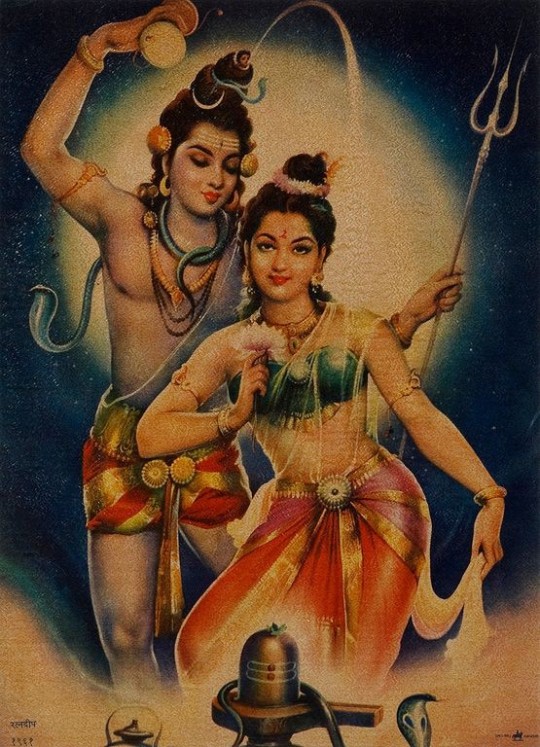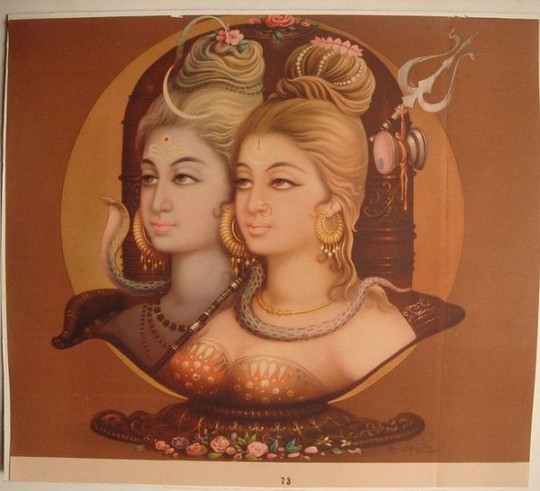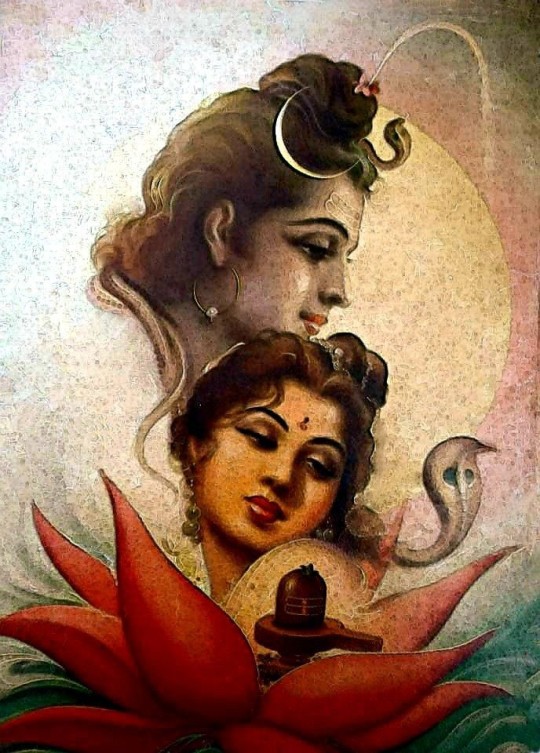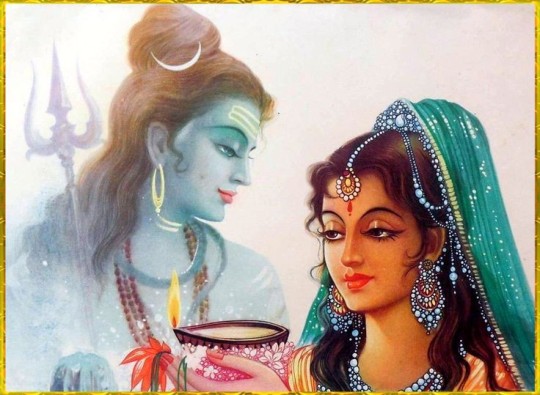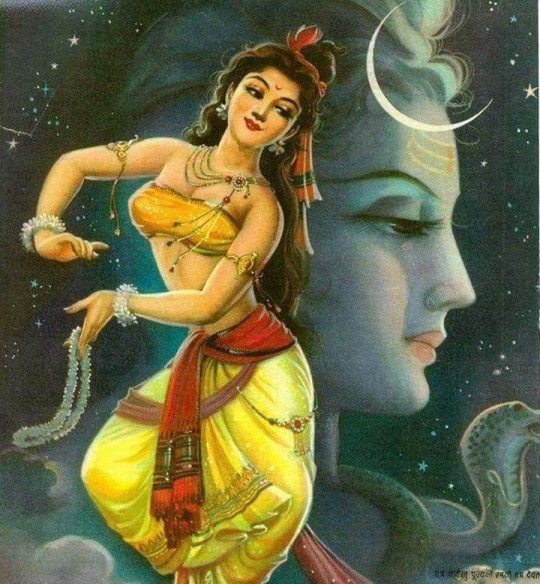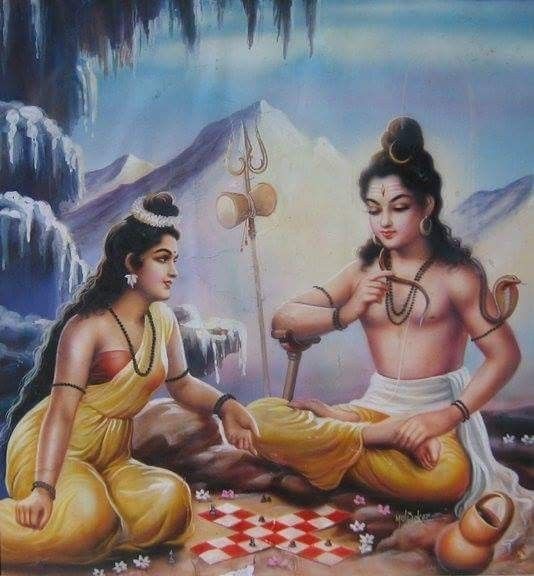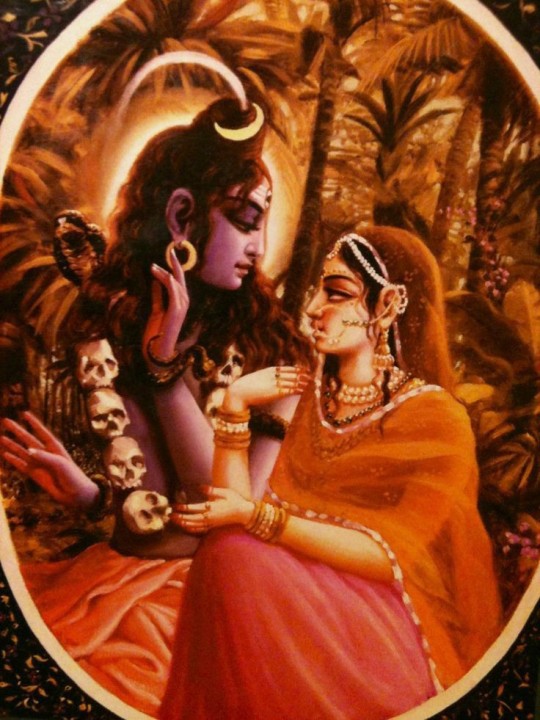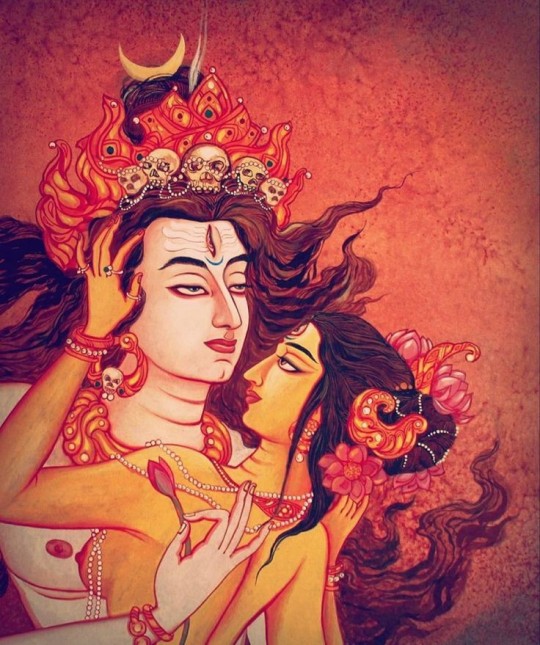Photo

The Lord Of Soil (Sabdag)
Metal. Early 20th century C.E. HimachalPradesh, India.
This is a ritual image of ‘Sabdag’ – the local guardian deity of the mountains, consisting of a large golden plated metallic skull and a detachable trident of iron,depicting blazing flames.
The skull represents the ferocious form of Lord Shiva, that is Bhairava.
(via The National Museum, New Delhi)
179 notes
·
View notes
Photo
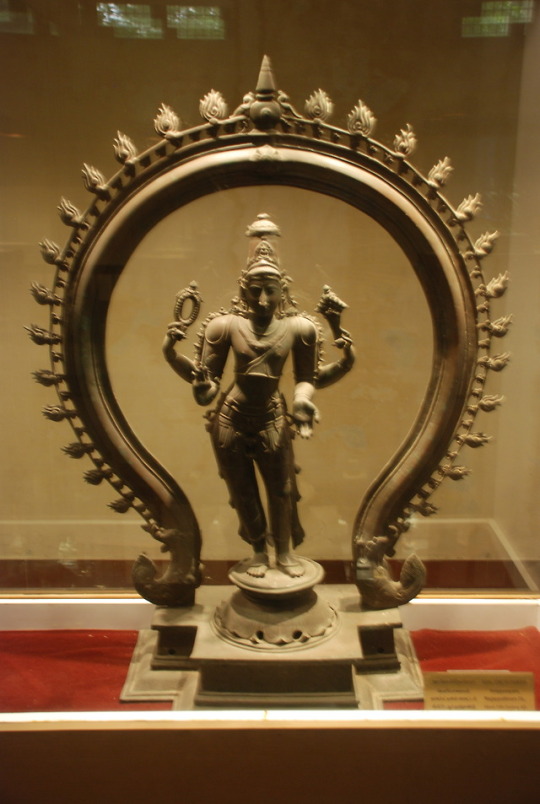
Bodhisattva Avalokiteśwara
Although Buddhism had started to wane in following across India by late medieval times, and the Cola Kings of Thanjavur were devout Śaivites, Jaina and Buddhist deities are often seen represented in bronze sculptures of the time. The stylistic similarities to Śaivite iconography is unmistakable - for instance the flaming circle often circumscribing icons of Lord Śiva as Naṭarāja.
Bronze sculpture of Bodhisattva Avalokiteśwara, Cola Era, circa 13th Century CE
Government Museum, Chennai
93 notes
·
View notes
Text

Trishiro Bhairava(lit. Bhairava with three heads) The three heads are of (from left to right) Rudra, symbolising destruction , the middle head is of Mrida or Yogeshwara a peaceful form of Shiva symbolising maintainance and rightmost being a female head of Uma symbolising creation. With Nandi in background, and a celestial being or Ganga or Prithvi supporting his feet, there stands a dwarf Gāna looking towards him with awe.
Bhairava holds a Kapāla lit. Skull bowl and rosary in one hand while a Trishula(trident) with an axe in another and a pot full of nectar and pets Nandi with another hand.
Excavated at current day Afghanistan Valley which back then would be the Kingdom of Gandhar.
Gandhar School of Art
10 notes
·
View notes
Text

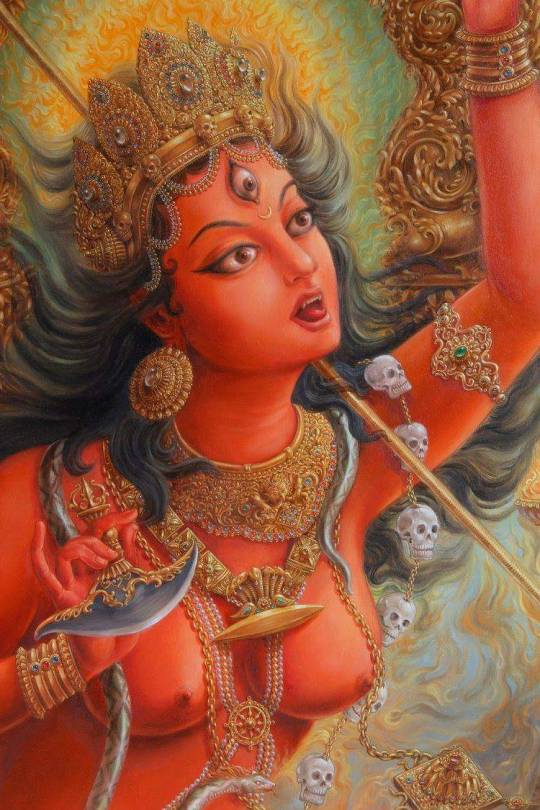
Dakini by Himalayan Arts
Newari Painting
42 notes
·
View notes
Text
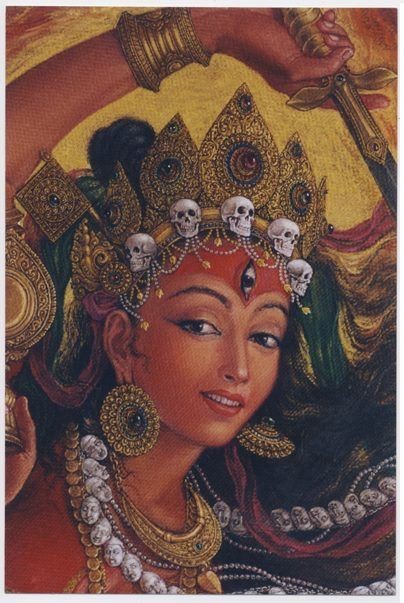


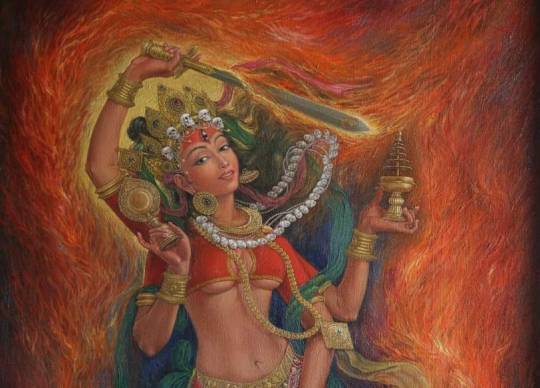
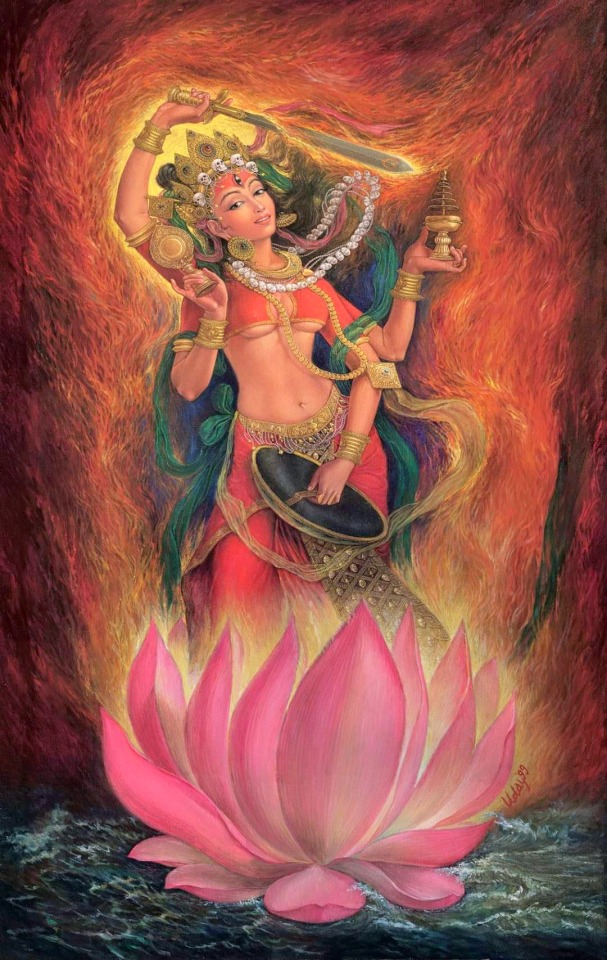
Maha Laxmi by Uday Charan Shresta
Newari Painting
24 notes
·
View notes
Text
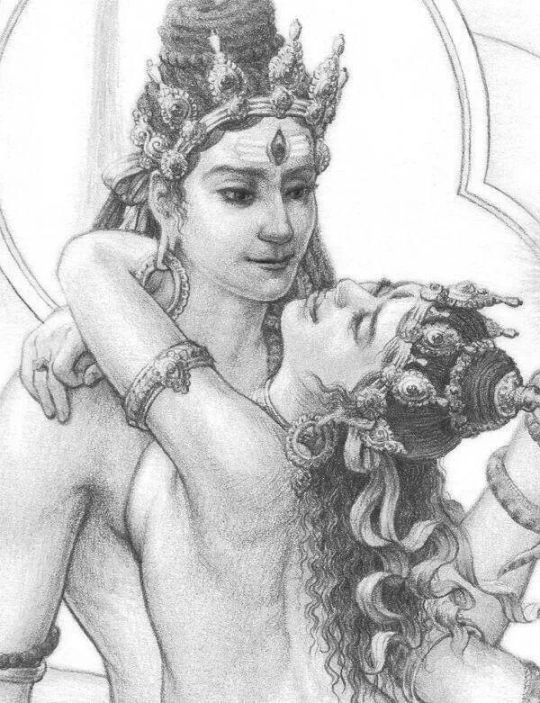
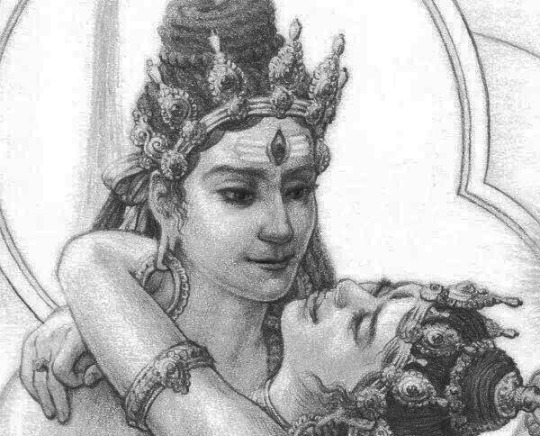

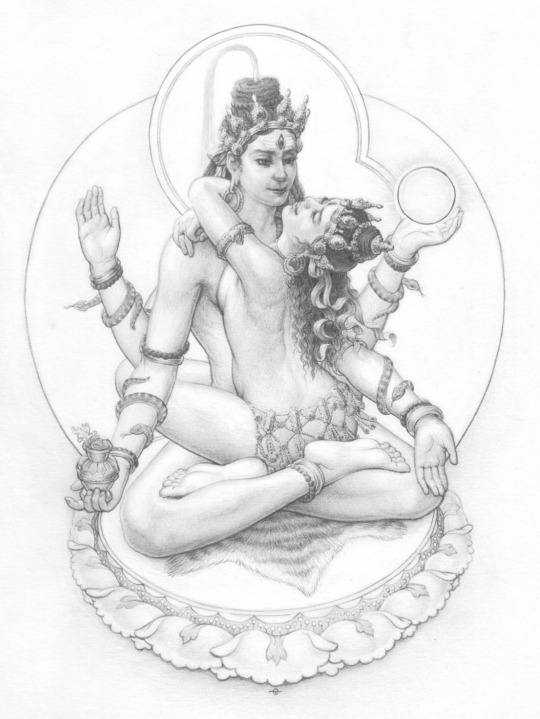

Shiva(Maha Kameshwar) in union (Maithuna or Yāmal or Yab Yum) with his consort, Shakti(Maha Kameshwari)
143 notes
·
View notes
Text

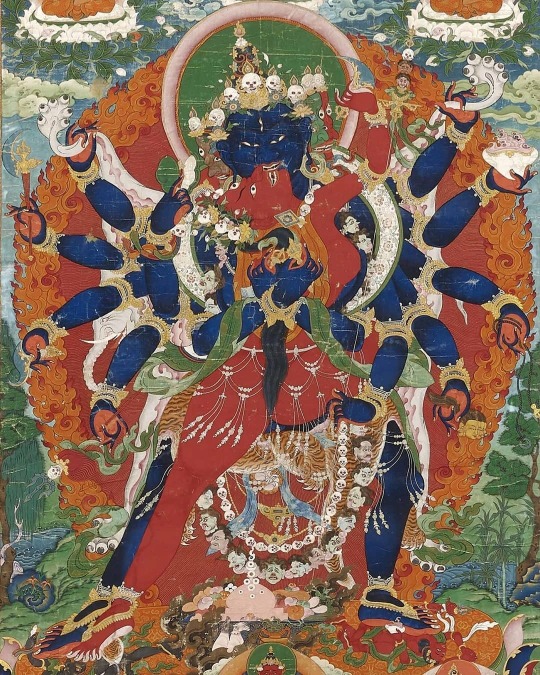
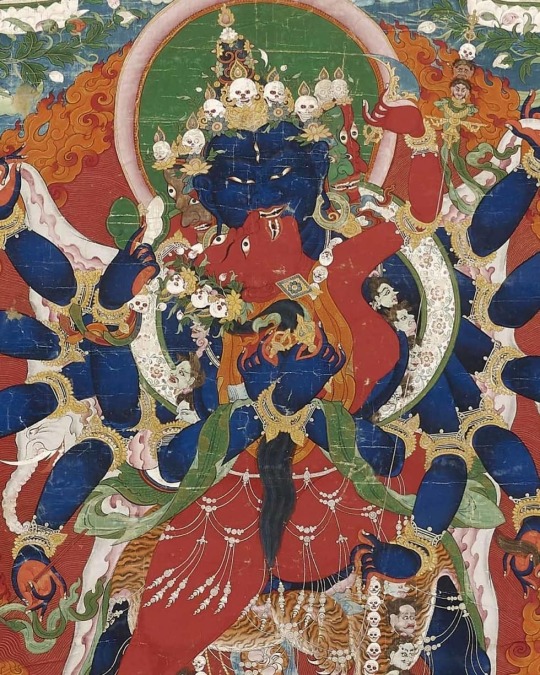
Chakrasamvara in union (Yab Yum) with his consort Vajrayogini Thangka
12 notes
·
View notes
Text

Svacchand Bhairava in union (Yab Yum) with his consort Aghoreshwari
20 notes
·
View notes
Text
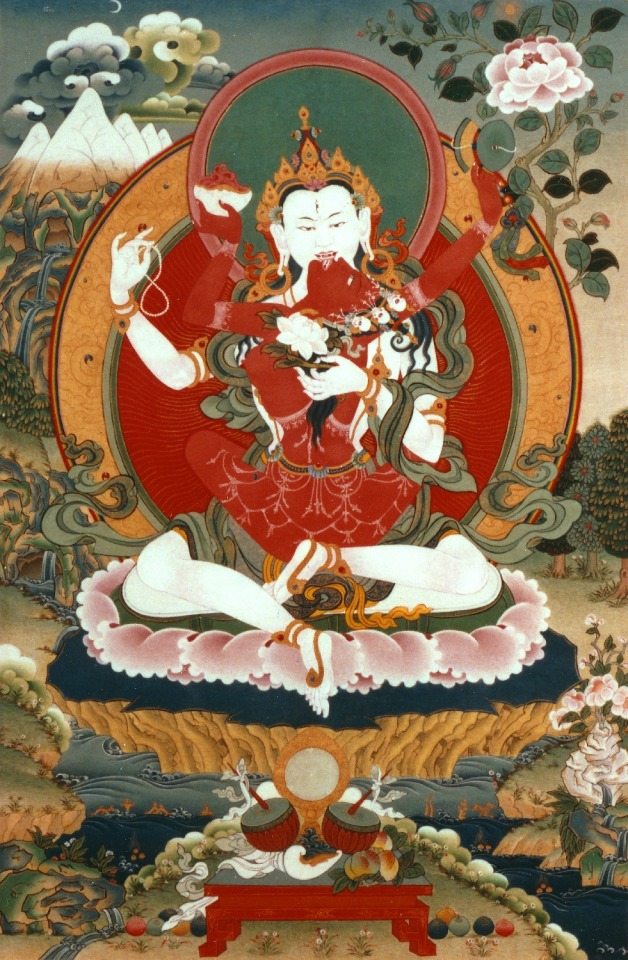
Shiva(Lalit Parabhattaraka Maha Kameshwar) and Shakti (Lalita Parabhattakrika Maha Kameshwari) in union,(Maithuna or Yāmal or Yab Yum) Thangka
ps. This is originally a form of Avalokiteshwara and his consort in union who is an important Yidam in Vajrayana. The reason why I called them Shiva and Shakti is because, they are, afterall what exists other than Param Yāmala?
48 notes
·
View notes




